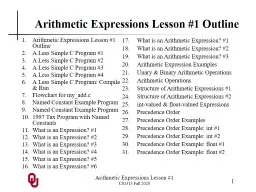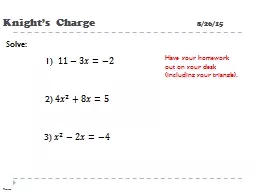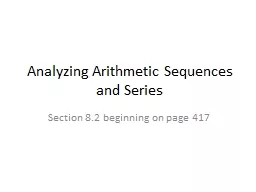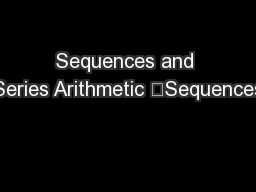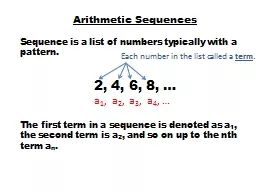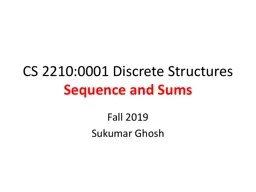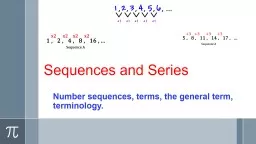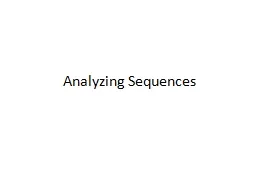PPT-9-2 Arithmetic Sequences
Author : winnie | Published Date : 2023-06-23
amp Series Story Time When another famous mathematician was in first grade his teacher asked the class to add up the numbers one through a hundred 123 etc all the
Presentation Embed Code
Download Presentation
Download Presentation The PPT/PDF document "9-2 Arithmetic Sequences" is the property of its rightful owner. Permission is granted to download and print the materials on this website for personal, non-commercial use only, and to display it on your personal computer provided you do not modify the materials and that you retain all copyright notices contained in the materials. By downloading content from our website, you accept the terms of this agreement.
9-2 Arithmetic Sequences: Transcript
Download Rules Of Document
"9-2 Arithmetic Sequences"The content belongs to its owner. You may download and print it for personal use, without modification, and keep all copyright notices. By downloading, you agree to these terms.
Related Documents


